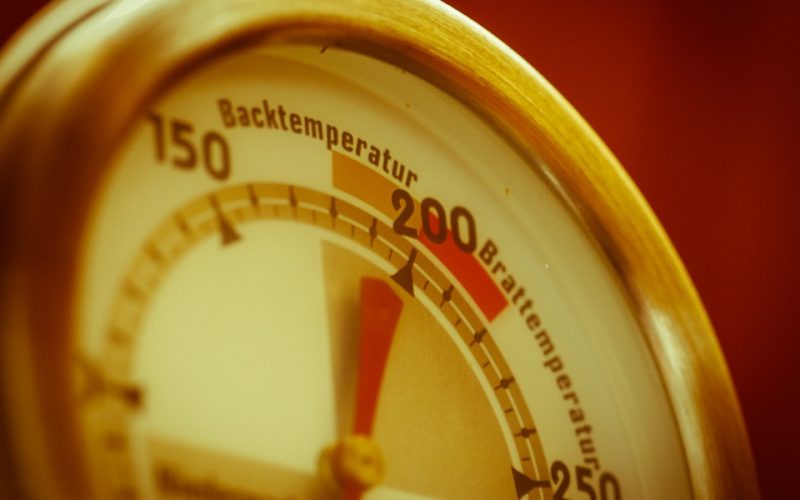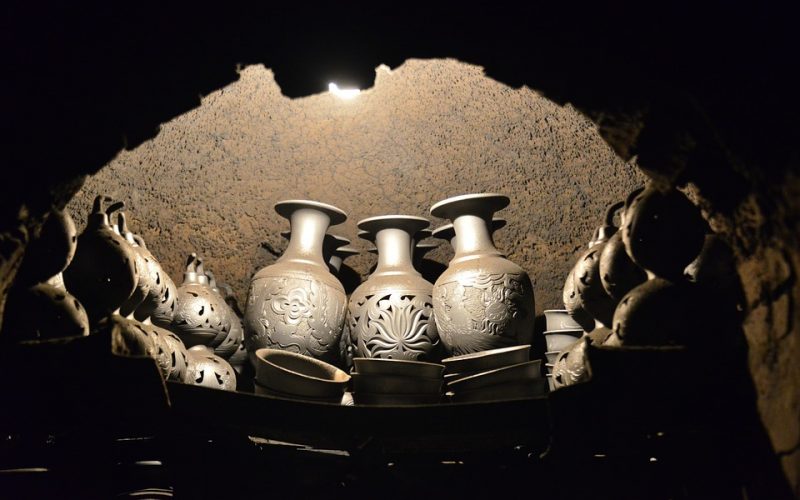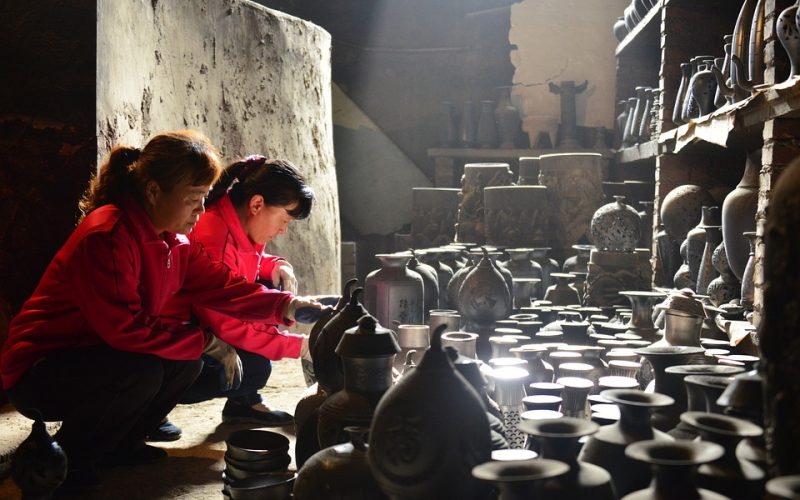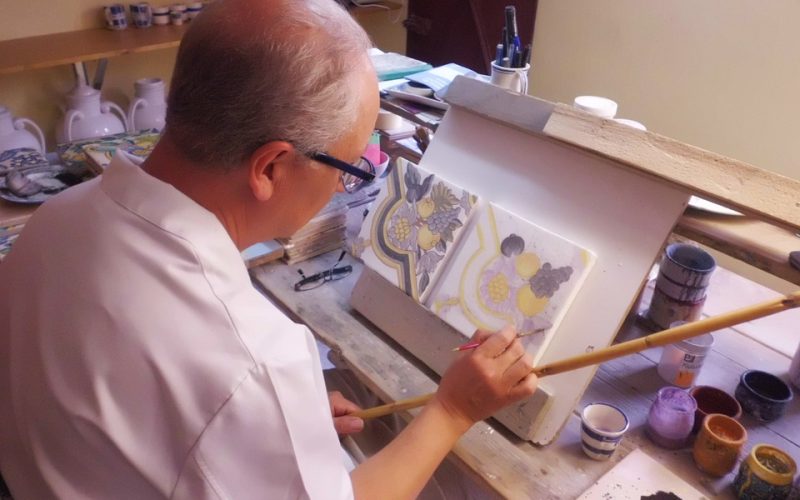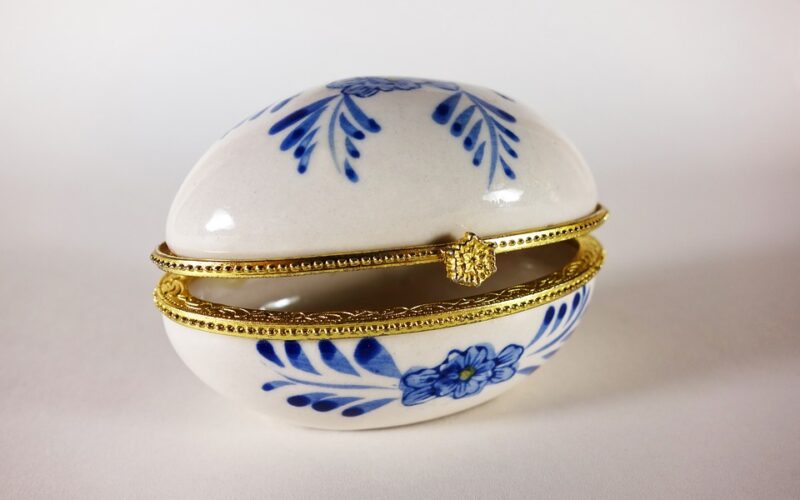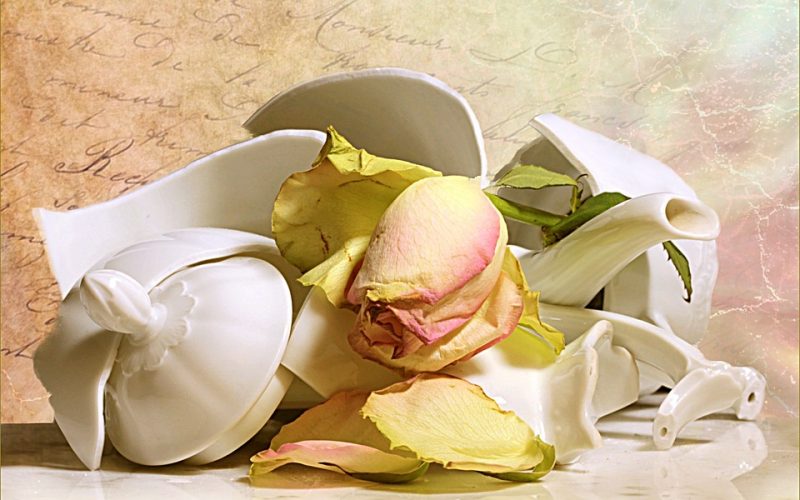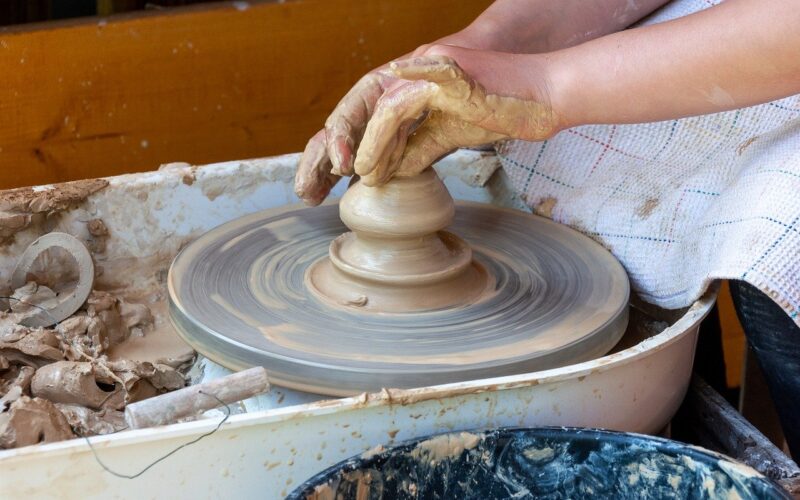Kilns Need Both Temperature and Time
Kilns are amazing tools that can help you create beautiful pieces of art from clay. But they can also be frustrating if you don't understand how they work. In this article, we'll take a look at what temperature and time do in a kiln, and why both are important for firing your clay.
Temperature is the most important factor when firing pottery
Temperature is the most important factor when firing pottery. If the clay is not heated to a high enough temperature, it will not be strong enough to hold its shape and could crack or shatter
Clay is made up of tiny particles of minerals called kaolin. When you fire clay at a high enough temperature, those particles fuse together and create a strong, solid material. That process is called vitrification, and it's what turns clay into ceramics
The ideal firing temperature for most clay products is between 2200 and 2400 degrees Fahrenheit. But that range can vary depending on the type of clay you're using. For example, stoneware clay has a higher fusion temperature than earthenware clay, so it needs to be fired at a higher temperature
If you don't fire your clay at a high enough temperature, it won't vitrify and will be weak and fragile. If you fire it too hot, on the other hand, it can cause the clay to distort or even crack. So as you can see, temperature is definitely the most important factor when firing pottery.
Time is also an important factor for high-fire pottery
Firing clay is an important step in the ceramics process, and it's also one of the most time-sensitive. That's because, unlike many other materials, clay can only be fired once. If it's not fired at the right temperature for the right amount of time, it will be permanently damaged.
As a result, potters need to be very careful when firing clay. They need to make sure that the kiln is up to temperature and that they have enough time to fire the clay properly. Otherwise, they risk ruining their work. That's why time is so important when firing clay in kilns. If potters don't have enough time, they won't be able to produce high-quality ceramics.
How to adjust the temperature and time in your kiln
When you're ready to fire your clay piece, it's important to adjust the temperature and time in your kiln carefully. The type of clay you're using, as well as the size and thickness of your piece, will affect how long it needs to be fired.
A general guideline is to fire at a lower temperature for a longer period of time, or at a higher temperature for a shorter period of time. You can also use a firing schedule that's specific to the type of clay you're using. Once you've determined the appropriate temperature and time, it's important to set the controls on your kiln carefully.
Most kilns have separate controls for temperature and time, so be sure to set both before starting the firing process. If you're not sure how to adjust the controls on your kiln, consult the owner's manual or ask someone at your local art supply store for help. With a little practice, you'll be able to fire your clay pieces perfectly every time.
Constantly monitor the correct temperature
When firing a kiln, it's important to make sure that the temperature is carefully monitored. This is because the temperature has a direct impact on the finished product. If the kiln is too hot, the piece may be ruined. too low, and it may not reach its full potential.
For this reason, it's essential to have a reliable kiln controller that can help to ensure that the kiln stays at the correct temperature throughout the entire firing process. Additionally, it's important to check on the kiln regularly to make sure that it's maintaining the correct temperature. By taking these precautions, you can help to ensure that your pieces come out looking their best.
